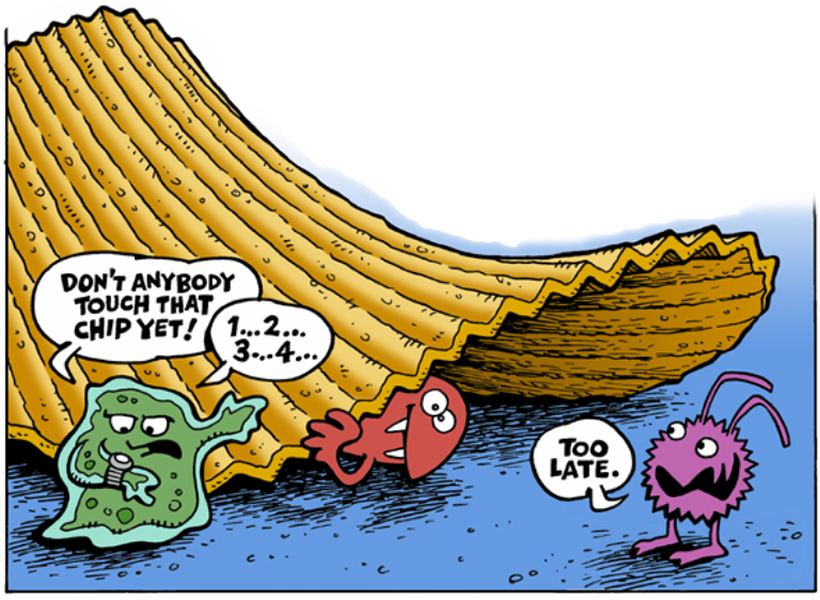
Many of us follow this rule without knowing whether it is true and supported by scientific evidence, or whether it is just a myth passed down through generations. “there is no ‘safe’ amount of time when no.

Moisture drives the transfer of bacteria from surface to food;
What is the 5 second rule food. You may be fast but you may not be. The less time food spends on the floor, the fewer bacteria it picks up. The confusion lies in the fact that some environments and surfaces are safer than others.
Foodborne illnesses, from salmonella and other bacteria, can cause nausea, vomiting or diarrhea and can even be deadly. That is, you’re turning action into a habit. You will use agar plates to test if picking up fallen food from the ground in five seconds prevents the.
But fast may not be fast enough. Kind of common sense, right? So food left there for 5 seconds or less will probably collect fewer bacteria than food sitting there for a longer time.
At the same time, the more that you act, the more that you create a bias toward action. We all eat food off the floor.”. Some say we can credit famous chef julia child for cementing a.
Many of us follow this rule without knowing whether it is true and supported by scientific evidence, or whether it is just a myth passed down through generations. This experiment will evaluate whether there is any truth to this theory. An unwritten law dictating that if a food or other consumable item is dropped onto the floor, it may be picked up up and eaten within five seconds.
That means food left on the floor for an instant. The idea that if you save your food fast enough, it is still ok to eat goes by many names: Rutgers university researchers have disproven the widely accepted notion that it’s okay to pick up food and eat it within a “safe” five second window.
“there is no ‘safe’ amount of time when no. With so many meals consumed at home these days, there are bound to be mishaps, such as a spilled glass of milk or a sandwich dropped on the floor. The 5 second rule pulls you out of your head and gets you to take action.
A piece of food will pick up more bacteria the longer it spends on the floor. In some instances, the transfer. By larry greenemeier on march 25, 2014.
The wetter the food, the higher the risk of transfer. There may be some actual science behind this popular deadline for retrieving grounded goodies. When you feel the urge or temptation to apply the 5 second rule to food you’ve dropped on the floor, think about these two facts before eating it:
Perhaps the value of the five. Don’t worry about the antibacterial soap ban; Food retrieved just a few seconds after being dropped is less likely to contain bacteria than if it is left for longer periods of time.
Bacteria can attach to your food as soon as it hits the floor. The short answer is yes. It goes something like this:
Moisture drives the transfer of bacteria from surface to food; And foods with wet surfaces, like an apple slice, pick up bacteria even more easily than, say, a. The reasoning behind this is that dirt and germs take six seconds to transfer from one surface to another.
However, the type of food and the type of surface greatly impacted the bacteria transfer. “people really want this to be true,” shaffner says.